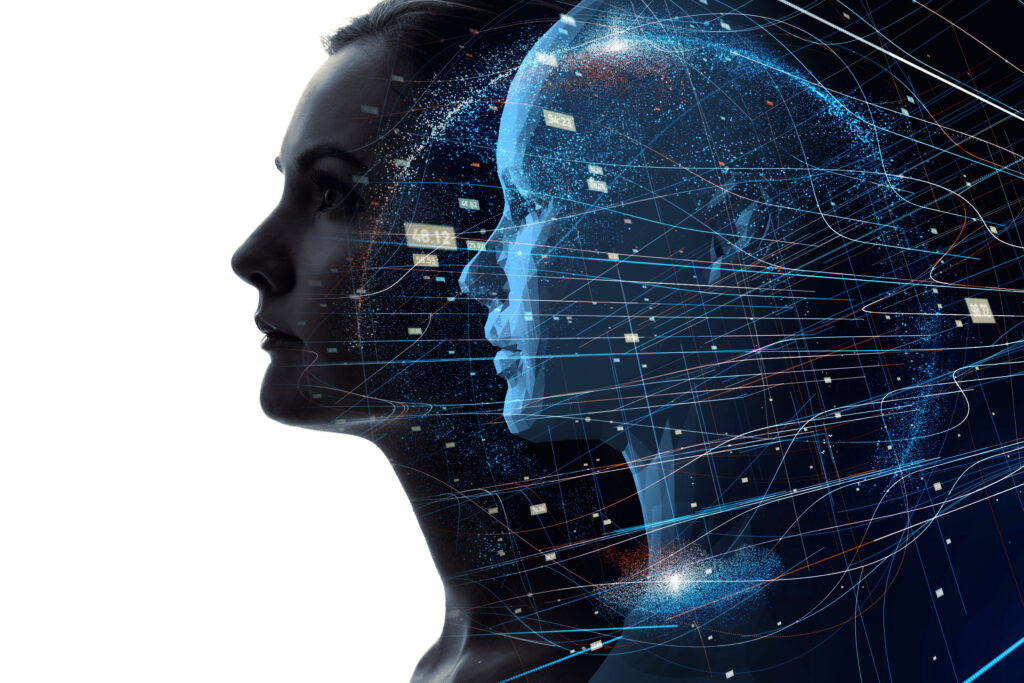Gamified training helps reduce operational costs while employees increase productivity and solve problems quicker.
By Ben Kirby
Today’s labor market is at an unusual inflection point. Workers have adapted to a new reality, driven by COVID-19, which has shifted hiring dynamics that now often favor the employee. Demand for workers is putting employers in competition with each other as potential job candidates rethink their careers amid an avalanche of job openings, according to research from Deloitte. For HR leaders to be successful, they must focus on ways to attract, train, and retain their employees.
Employers should not only examine the jobs they are offering qualified candidates, but also think critically about what it takes to keep their employees for the long haul. Key initiatives, like professional development programs, reinforce that an employer sees long-term value in their employees by focusing on what skills employees want to develop and having training programs that raise employee performance.
Game of Training: The New Art in Engagement
Building a training and development program around gamification in an effort to address all of these issues can a significant impact. Gartner defines gamification as “the use of game mechanics and experience design to digitally engage and motivate people to achieve their goals.” It applies game mechanics, elements, and principles in non-game situations to teach and engage users better. Research shows that if an employee is focused during training, their performance improves. In fact, 33% of employees prefer to have game-like effects in their training platforms and 83% of employees who undergo gamified training are more motivated at work.
The value of learning new practices or techniques cannot be understated. As management consultant, educator, and author Peter Drucker said, “We now accept the fact that learning is a lifelong process of keeping abreast of change. And the most pressing task is to teach people how to learn.”
Engaging Younger Employees
Let’s face it: The days of sitting in a classroom with dozens of employees listening to an executive lecture about a topic are fading fast. Younger employees, specifically millennials and older Gen Z workers, grew up using technology in most areas of their lives -think cell phones, video games, and digital devices. As they have entered the workforce, companies have focused on developing ways to train them using gaming scenarios due to their comfort with technology.
There have been two main drivers in the push for gamification over the past few years. One, the global pandemic has changed how companies interact with and train their employees. However, the bigger driver has come as a result of global digital transformation. This shift has allowed companies to reinvent how they train their employees, and gamification is just one of a myriad of improvements in corporate training as a result of leveraging digital technologies.
The beauty of gamification programs is that they’re highly interactive, they let employees show their creative side, and they remove the boredom from sitting in corporate training sessions. From an HR standpoint, there are concrete benefits including reducing the time it takes for a team to complete a task and improving customer support.
In order to tap into the power of gamification, it’s important to collect data from the users and share feedback with the game’s creators to optimize game choice and add new functionality. For example, with this feedback new challenges that map to a specific set of tasks can be updated. In addition, new journeys can be included based on different employee skill sets, and points can be earned for an individual or a team if the goal is a team-building exercise.
Here are three examples of successful gamification implementations.
• Using Minecraft for education, teammates can learn things that they can apply to their training, such as how to personalize a cell phone that maps to what they need to know about the products they support. This type of training helps employees learn the features of a new product and understand how a customer might use the product.
In one scenario, a training program was centered on teaching employees about solar energy by maintaining battery charging in a renewable energy-powered house. The key performance indicators (KPIs) were based on independent decision-making or teamwork for multiplayer setups.
In this training program, there were two groups of trainees with and without gamified-based training for a retention program. While both groups met their dollar retention value and support percentage targets in the first 30 days of operation, the one using the gamified training achieved a 15% higher retention rate with a larger trainee group.
• A CPG brand in Spain looking to increase employee participation, make knowledge checks more interesting, and improve, revise, and recall knowledge outside training hours implemented a gamification-based training program. The questions were based on which topics had been the most difficult for employees to answer and the questions that had the lowest correct response rate. The trainees improved the average quality score by 12% over a two-month span.
• A travel client in the United Kingdom wanted to leverage several learning concepts, reinforce critical topics, and improve speed to competency for its employees. The gamified training program, based on analysis of errors and common queries on the floor, raised accuracy by 4%.
There is no shortage of opportunities for employees to learn critical skills based on a gamification training platform. Not only does gamification help employees learn about new products and how customers use the products, but it also helps build collaborative environments by having employees work as a team. Basing training on a familiar platform like video-based training, helps employees increase productivity, reduce operational costs, and goes a long way toward solving customer problems quickly and easily.
Ben Kirby is the SVP of global learning and development at Teleperformance.














